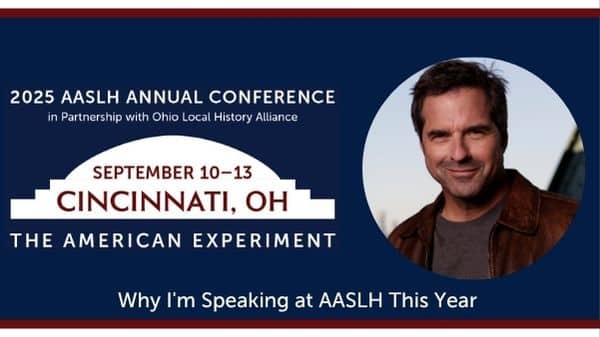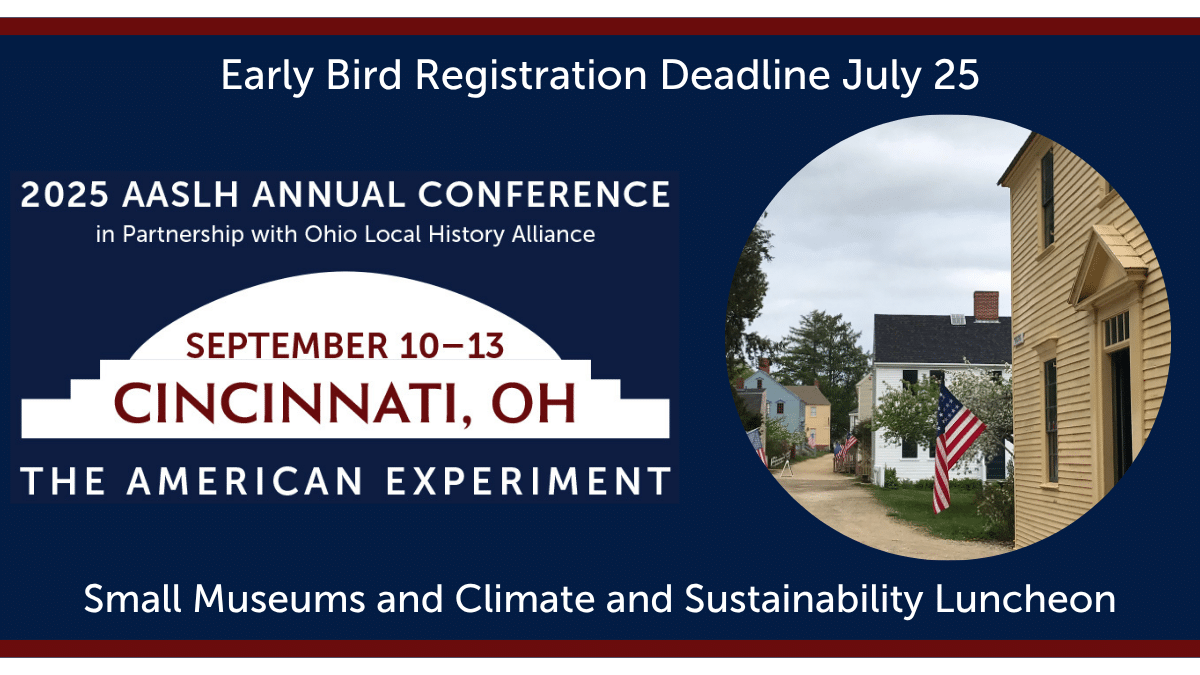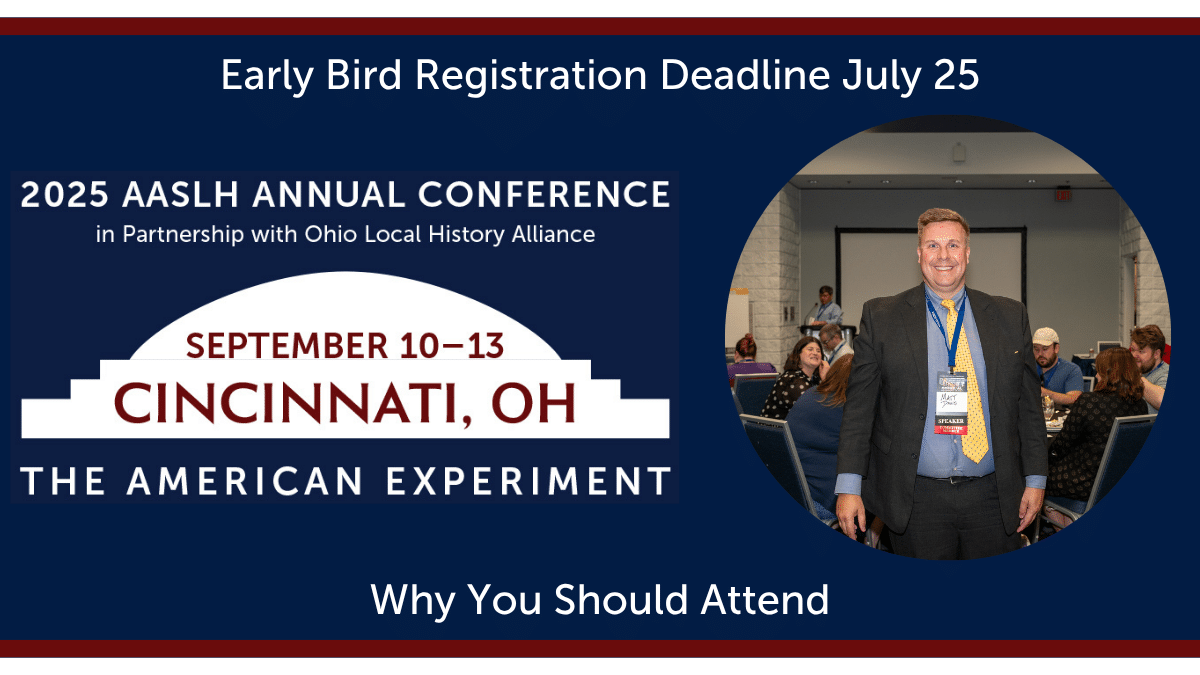
By Aimee E. Newell, Ph.D., Executive Director, Luzerne County Historical Society with introduction by Cherie Cook, Senior Program Manager, AASLH
Assessment programs are valuable tools for moving an organization forward because they provide a much-needed pathway so board, staff, and volunteers travel in the same direction toward a set of agreed-upon goals.
Organizations that connect planning, decision-making, and fundraising to an assessment program―and to national museum standards―gain credibility. Funders like to know that planning is based upon something that can be justified, substantiated, and measured. You have a much easier time articulating goals and accomplishments when you connect them to the same benchmarks that museums across the country are using. Assessment programs offered by AASLH, the American Alliance of Museums, and the Foundation for Advancement in Conservation all use the same national standards, thus streamlining the transition from one assessment program to another.
Below is Aimee Newell’s story about how her organization has used assessment programs to make impressive progress in sustainability, planning, programming, and more.
When I became Executive Director at the Luzerne County Historical Society in Wilkes-Barre, Pennsylvania, in late 2016, the organization was facing a number of challenges. It had been without an Executive Director for three years, had four paid staff (three of them part-time) and a $200,000 budget to operate a library, a museum, and two historic houses, as well as to steward the collection of 200,000+ objects, documents, and published works. There was limited programming, confusion about membership status, a ton of deferred maintenance, and the largest annual donation was $2,500.
But, there was also a lot of potential! Luzerne County has a varied history with many interesting stories to tell from prehistoric Native settlements to Revolutionary War battles to anthracite coal mining. The collection and the historic houses could have layers of interpretation and programming added–environmental history, abolition, and diverse family stories, just to name a few. And, we could widen our reach by truly exploring all of Luzerne County and telling its stories.
One of the first things that I did was to enroll the Society in StEPs (Standards and Excellence Program for History Organizations) offered by AASLH. I did an initial assessment by going through the entire workbook and we were able to secure bronze certificates in Audience and Collections Stewardship by the end of my first year as ED. The StEPs materials and goals helped me to start thinking about the Society’s first strategic plan in ten years, and to help direct the board and staff toward goals, as well as with understanding their particular roles.
As part of this process of righting the ship, so to speak, and doing some strategic planning, we also participated in the CAP (Collections Assessment for Preservation) and MAP (Museum Assessment) programs during my first two years. In summer 2017, we received a CAP grant that funded a site visit by an architectural/buildings consultant and a collections specialist who met with us and prepared a comprehensive report to identify preventive conservation priorities for our historic buildings and our collection.

We asked the buildings assessor to focus on our two historic houses, while the collections assessor spent the bulk of his time with our library and museum collection. The assessors met with staff members to gain their perspectives and we had a couple of dinners with board members. In addition, I, as the Executive Director, was able to talk about society priorities with the assessors in order to help communicate our needs in the report. Our CAP report communicated the urgency for repairs at our Swetland Homestead, promoted the understanding of the necessity of an inventory and proper environmental conditions for our collection, and helped board and staff see the urgency of the need for a combined museum and library building, rather than our current pair of structures, neither of which is meeting our needs or our goals.
The following summer–in 2018–we participated in an organizational assessment through the MAP program. It helps museums strengthen operations, plan for the future and meet standards. We wanted to increase the board’s understanding of its role and responsibilities, improve the alignment of operations and resources to our mission, improve our financial sustainability and engage the community.
Through the self-study workbook and the assessor site visit, as well as our final report, the MAP raised awareness of our needs and priorities among the board and staff. It also helped jump-start conversations about where we were and where we need to go. One board member commented, “It gives us a shared common experience to move forward with.” Another noted, “The MAP was beneficial in getting everyone on the same page – it’s incredibly refreshing after too many years of stasis.”
In combination with our CAP and MAP surveys, we continue to follow the StEPs workbook. We have used it to help with writing our strategic plan. The StEPs basic, good, and better performance indicators are a nice way for us to measure our progress. StEPs also helps explain goals and priorities to board, staff, and volunteers and allows us to identify and communicate goals for different parts of the organization. StEPs gives us confidence to meet challenges. We enjoy celebrating our progress, and have earned six more bronze and silver certificates!

Assessment programs available to the museum field have been invaluable for LCHS. We have moved forward a great deal since 2016. We still have five staff, but three are now full-time and two are part-time. We increased our annual budget to $325,000. Our fundraising is up across the board – our annual appeal has increased by $20,000 each of the past two years and our largest gift is up to $25,000. We are doing more than 25 programs and events each year and after an initial increase of 67% to our membership, it has remained stable. We still have a ton of deferred maintenance, but now we have a plan, thanks to our CAP report.
The board approved our strategic plan in September 2018. Goals include increasing the diversity of LCHS programming and audiences, making the LCHS collection accessible to our community, maintaining our financial stability, implementing a sustainable plan for growth, and planning for our future, particularly by determining a plan for a combined museum and library building. We still have a lot of work to do, but StEPs, CAP, and MAP have helped us develop a way to approach stages of the process and to measure our progress. As one board member commented, “I feel like everyone has a direction. People realize what needs to be done and they are seeing the future. The assessment has created an energy that is moving all board members and staff.”
Learn more about the StEPs program and the Small Museums Affinity Community.



